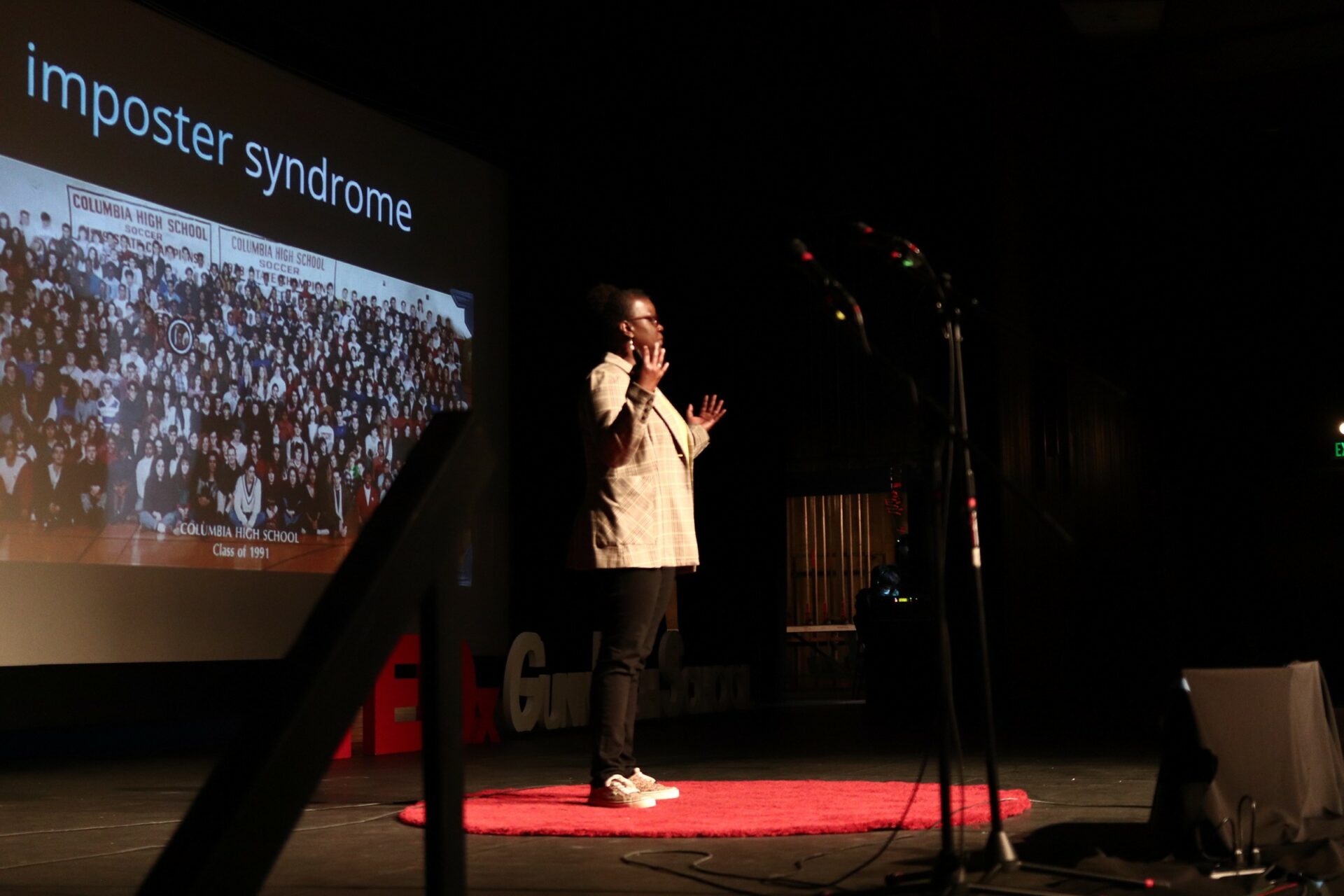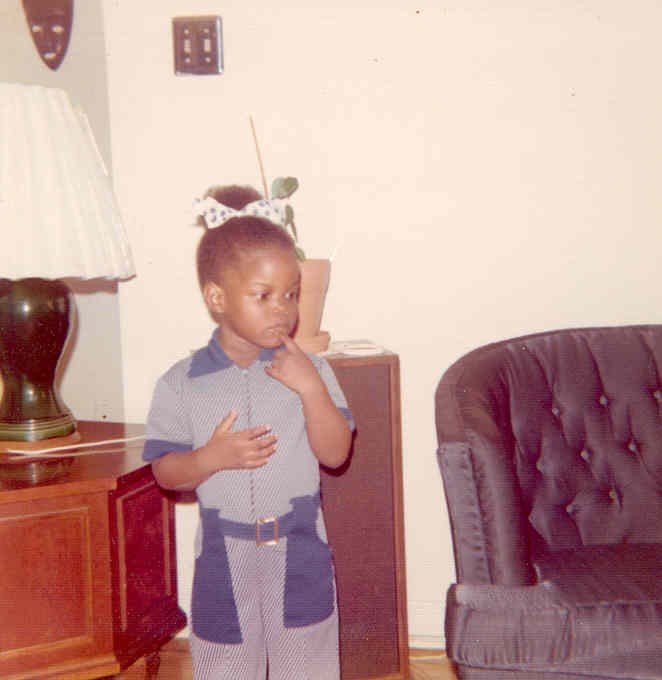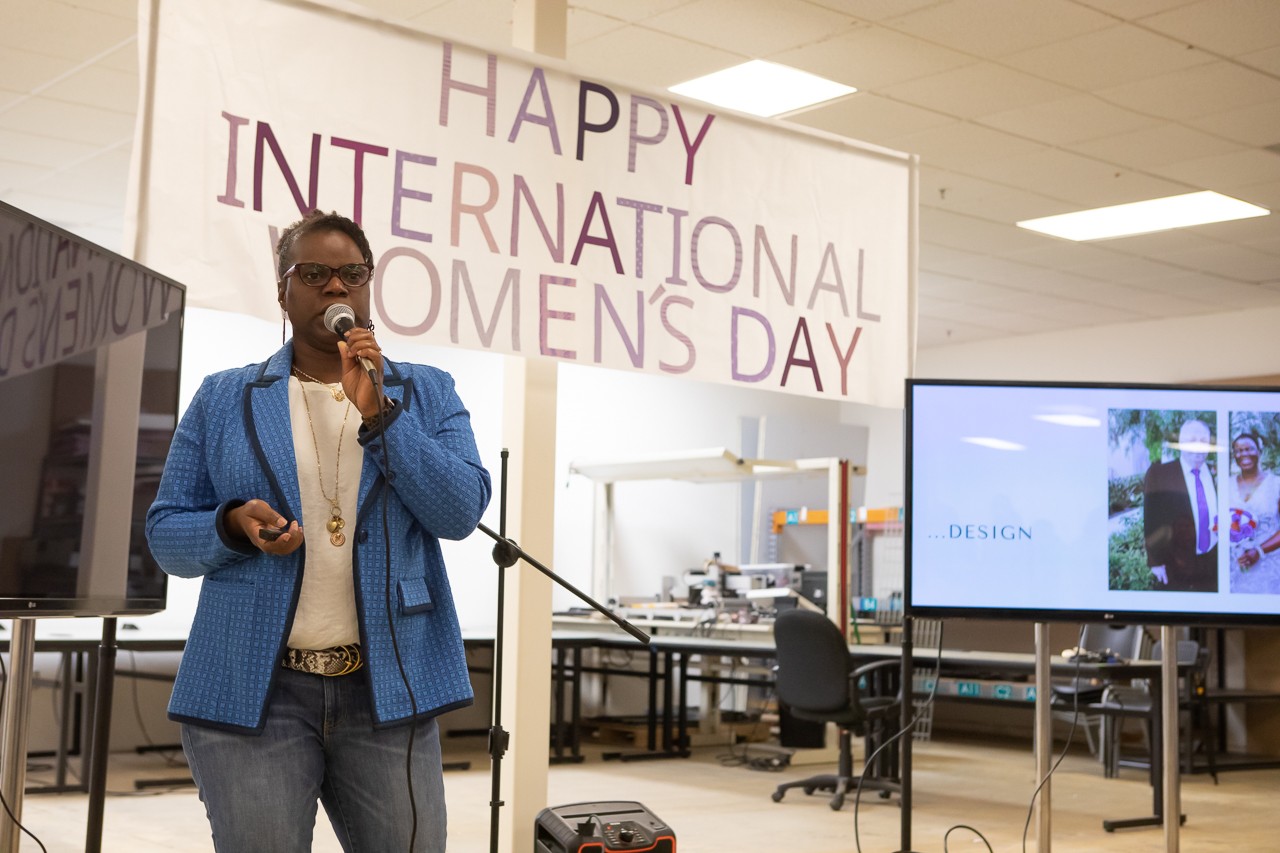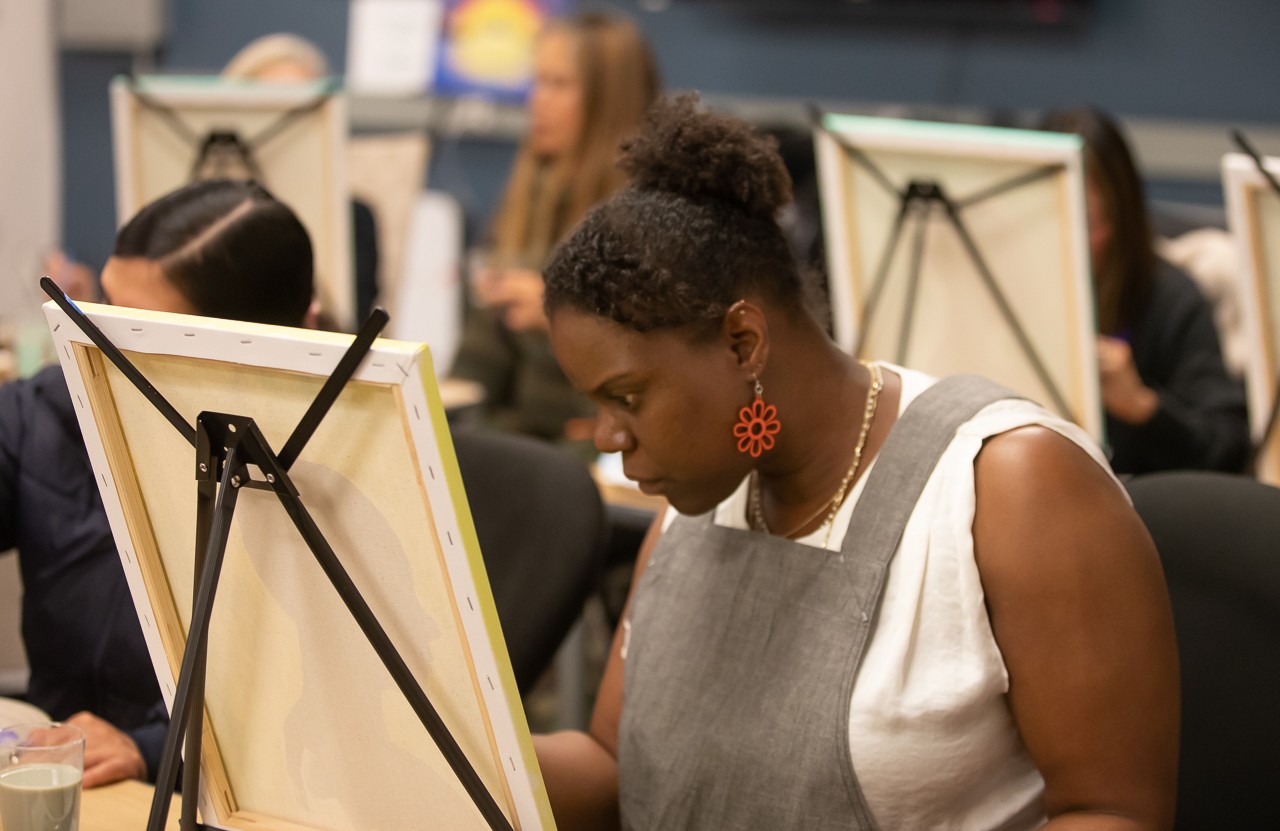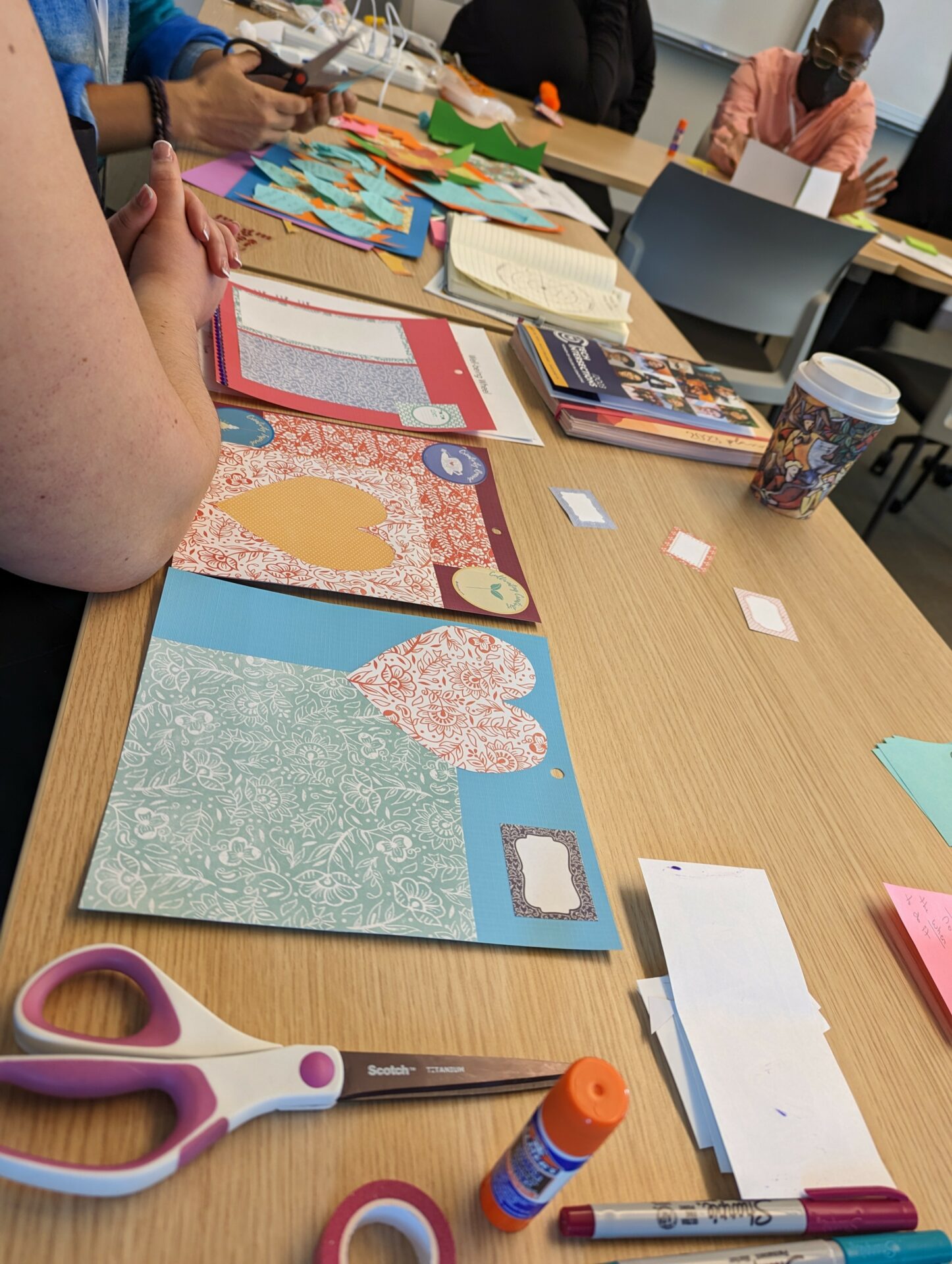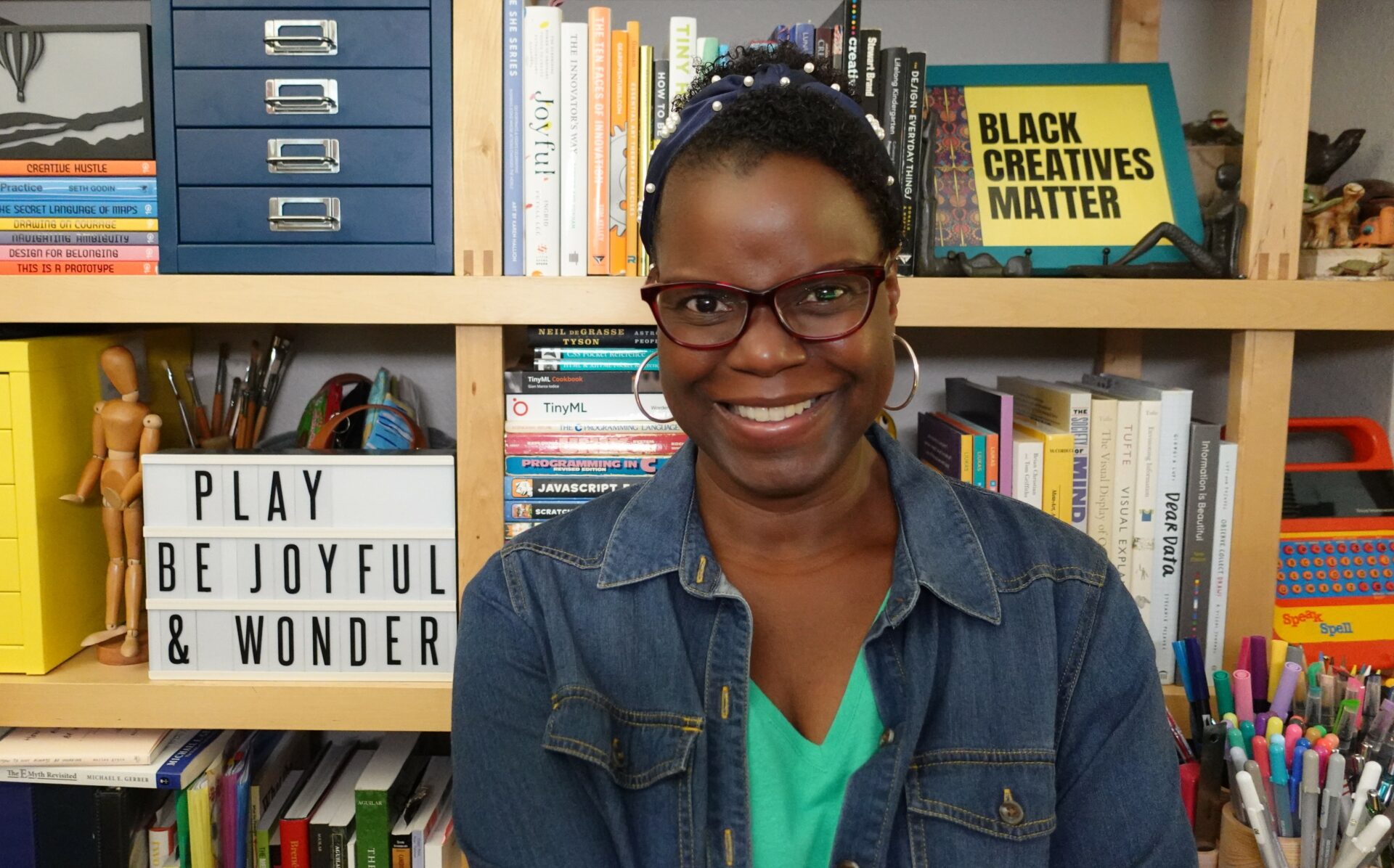Alright – so today we’ve got the honor of introducing you to Dr. Abigail Joseph. We think you’ll enjoy our conversation, we’ve shared it below.
Dr. Abigail, so good to have you with us today. We’ve got so much planned, so let’s jump right into it. We live in such a diverse world, and in many ways the world is getting better and more understanding but it’s far from perfect. There are so many times where folks find themselves in rooms or situations where they are the only ones that look like them – that might mean being the only woman of color in the room or the only person who grew up in a certain environment etc. Can you talk to us about how you’ve managed to thrive even in situations where you were the only one in the room?
My entire life I have been different. An outsider from my physical appearance to my unique passions. I have always walked on the fringe with my head in the clouds, a daydreamer, a visionary. As a child, I was always in the back center of my class photos. An odd place to be for a quiet soul, constantly trying to figure out how to not stand out because I knew I was already out. I was a tall brown-skinned girl with immigrant parents. I too an immigrant, but I’ll leave that confusing story for another time. Growing up in a suburban middle-class majority-white town, I was different. I often went about my business, studying, getting good grades, being polite and wicked smart.
During my entire academic career, I found myself in rooms where I stood out and felt alone. Nothing says different like a black woman pursuing computer science in the 90s. Developing my craft as a black woman computer scientist meant that I always felt like I had something to prove to my white male teachers, professors, and peers. I worked hard to be seen, valued and heard for everything I could bring to the table as a computer scientist and later as a black woman educator working in private schools.
When you are the only person in the room that looks like you to succeed you need a strong village of mentors, sponsors, and allies. My path was not an easy one, but I was able to find success with people who were willing to invite me to the table or share my name at the table. Once I was at the table or in the room I longed to be in, it was my resilience, strength, and good nature that made me shine. And the support of my allies who were alongside me as co-conspirators along the way helped me keep going.
Great, so let’s take a few minutes and cover your story. What should folks know about you and what you do?
The World Economic Forum states that analytical thinking and creative thinking remain and will be the most important skills for workers in the next 10 years. These skills combined with resilience, flexibility/agility, curiosity, and lifelong learning are important foundations that help workers adapt to disrupted workplaces. I am an innovation coach for wanna-be creatives. I help professionals use strategic problem-solving to methodically overcome challenges and move beyond their self-imposed creative limits. I am helping closet creatives honor their passions and express themselves authentically. Creatives with their passions on lockdown learn to break free from what keeps them stagnant and reignite their connection to their creative vitality so that they can live a fully expressive life. A cool by-product is that they also uplevel their 21st-century skills and become the marketable force of nature in the workplace.
I have lived a life where my creativity was locked behind a door with the key nowhere to be found. Now the door is wide open and I romance my creativity daily so it is in constant flow. I had been working as a K-12 specialist teacher of technology and computer science for 15 years when I hit yet another wall that had me spinning, feeling stuck, and I knew something was missing. I was frustrated by not feeling seen, known, or valued for my hard work and efforts in and out of the classroom and I knew that there had to be a better way.
I was fortunate enough to take a gap year away from teaching full-time and found myself playing, being joyful, and getting curious in a maker space. It was here that I continued to cultivate my innovative mindsets in a manner I had never experienced before. In my darkness, I sparked my affair with creativity. When the year ended I knew that the innovative strategies I was experiencing and developing were the keys to designing a creative life that would allow me to thrive professionally and personally.
Now as The Innovation Doctor, I am all about helping individuals move beyond their self-imposed creative limits and discover the power of strategic problem-solving with a strong creative foundation to help them get unstuck, overcome obstacles, and tackle challenges in and out of the workplace. As an innovation coach, guide, and co-conspirator I create spaces and build communities where my clients uncover their innovation superpowers and I empower them to design, start or continue a creative project, help them get on the path to a creative journey, and move into action and stay the course.
Currently, I do this through several offerings: a weekly Substack newsletter, Innovation to the Rescue, weekly Instagram lives where I host Innovation Gym and Innovation Office Hours, and an in-depth 6-week course. I am building a community, I call the Innovation Commons, where I offer different ways for readers and viewers to discover their connection to innovation and creativity.
In my Substack community, I offer short creative experiences to boost creative confidence and book studies to take a closer look into the connections of innovation to our daily lives. On Instagram, Innovation Gym is where you go to pump up your creativity and build your innovation muscles and Innovation Office Hours is a time to take a closer look at innovation and reflect on ways to bring more of it into your life. This spring I will be offering an updated version of my 6-week course, that helps participant transform their lives with new visions, dreams, and possibilities for their future using systematic problem-solving methodologies. On the horizon, I am planning to produce a podcast that will eventually replace my IG lives and combine a lot of my wisdom so it is easily portable on the go. I am also searching for a new home for the Innovation Commons, so that I can better serve my community.
If you had to pick three qualities that are most important to develop, which three would you say matter most?
Design thinking, facilitation, and play or the art of making are the three areas that stand out to me as being the most impactful in my journey. The qualities and skills I have developed in each of these areas have rooted my guiding principles and values that are the foundation of my business, The Innovation Doctor, which are play, be joyful and wonder.
For 20+ years as an educator, I have honed my facilitation skills. I am confident in my skills of bringing together a room full of people, who may or may not be connected by a common tie, and setting a tone that forms a container for everyone to learn, thrive, and shine. Active listening is the foundation of my strong facilitation of groups. As an introvert, I listen a lot, synthesize, and then speak. Listening is not easy for most people because we love to share our ideas and opinions, and it is human nature to want to be right. However, when we foster our empathy, we naturally become more curious and choose to listen and then act. When people feel comfortable in your presence you can facilitate a small meeting to a larger workshop in a manner that makes magic happen.
The best way I have developed my practice of empathy is through design thinking. Design thinking is a human-centered approach to problem-solving. When one first learns the process it is often taught linearly through several stages: empathize, define, ideate, prototype, test, and share. Along the way, you are constantly seeking feedback from your users to test your assumptions. Your solution is only as good as the problem you define and the questions you ask regarding your user. Like everything in my world of innovation, the best way to develop these skills is to practice. My design thinking practice is constantly evolving by taking workshops/classes, reading and researching, and putting this learning into action. I do so by integrating this systematic way of problem-solving into the programs and workshops that I create. Every problem we wish to solve or challenge we desire to overcome can be framed as a design question to be answered.
An integral part of the design thinking process is play or the art of making. From the moment we leave kindergarten, we are trained to leave play behind to adopt a habit of rigor and compliance. Yet play is fundamentally what we need in our lives if were are going to be able to come up with new, novel, and creative solutions to the world’s problems that we strive to overcome. As adults, we all know how to play, but somehow society makes us believe that it is nonsense and not serious enough to help us succeed in life. The art of making is about connecting to your passions from childhood or developing new ones. Play takes practice, but is very much in close reach. Play can take the form of art-making, photography, writing, cooking, sewing, music, being in nature, and so much more. I have found the best way to develop this skill is to do so in a community and collaborate with others. Accountability goes a long way.
We’ve all got limited resources, time, energy, focus etc – so if you had to choose between going all in on your strengths or working on areas where you aren’t as strong, what would you choose?
Last year, I discovered the term multipotentialite. A multipotentialite, a modern-day term coined by Emilie Wapnick, is someone with many interests and creative pursuits. This term has provided me the ability to reclaim the negative connotations associated with the phrase, jack of all trades and master of none. Most of us lead lives where we feel like we have to pick and choose the silo in which we build our careers. The irony is that our varied interests in a strength that allows us to show up as our most authentic and powerful selves.
When I was nearing the finish line of completing and defending my dissertation I found myself investing my time, energy, and efforts in two areas: academic achievement and dance. When I started graduate school I rediscovered my love of ballet and jazz through the PE department dance program. I found the program through a Yoga class I was exploring when the teacher who was providing me with some corrections, remarked to me, “Are you a dancer?” This question provided me with a moment for pause. Was I a dancer? Could I encompass both identities as a dancer and a computer scientist? I had figured out how to blend my love of art with computer science by pursuing computer graphics, but I questioned how I would be able to fold dance into the mix.
Shortly after, I found myself immersed in ballet and jazz five days a week as I marched on to get my doctoral degree. Flash forward to my last year in graduate school and the spring dance showcase. I decided that I would stretch myself and learn how to choreograph a dance piece for the spring dance showcase while finalizing my dissertation. This had me performing in a show the night before my dissertation defense. The pleasant surprise of succeeding as a dancer and an academic in the same period made me feel powerful beyond measure.
To succeed in two distinct areas at once helped to foster my multi-passions with positive outcomes that would have me never again silence my strengths because we live in a world of silos. We are living in a time where we can choose to be the unique, awkward, and sometimes little weird beings that we are meant to be. Being a multipotentialite is a superpower that we should all embrace and it is what makes you, you. To embrace our multiplicities is to change the world beyond the possibilities we could ever imagine.
Contact Info:
- Website: https://heyinnovationdoctor.com/
- Instagram: https://www.instagram.com/drabigailjoseph/
- Linkedin: https://www.linkedin.com/in/drabigailjoseph/
- Youtube: https://www.youtube.com/@heyinnovationdoctor
- Other: Substack: https://drabigailjoseph.substack.com/
